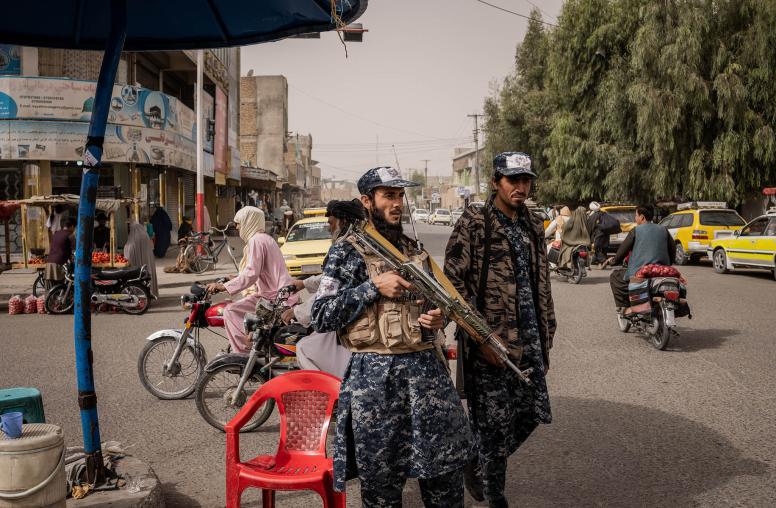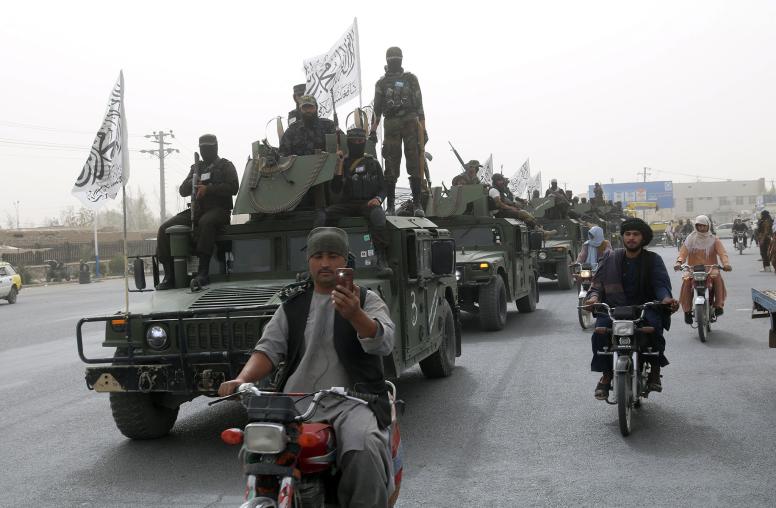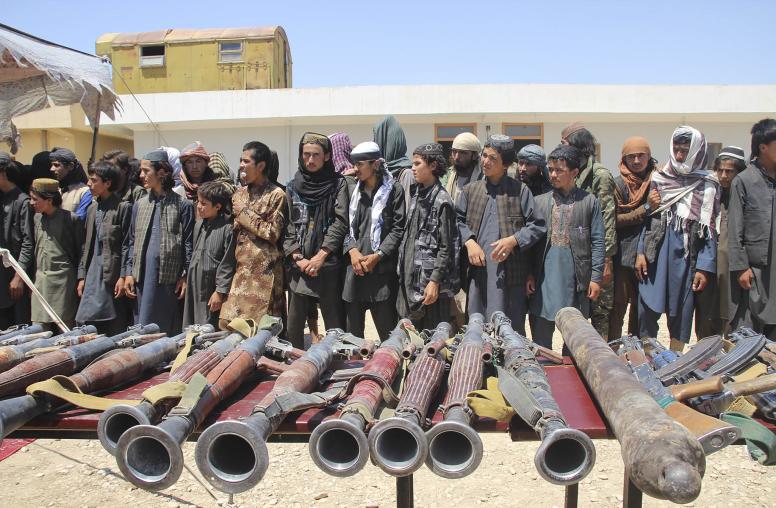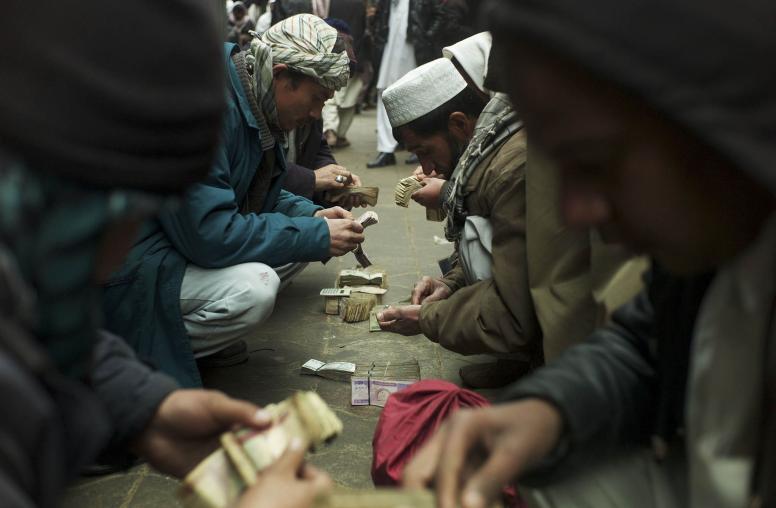Options for Reintegrating Taliban Fighters in an Afghan Peace Process
A central issue for Afghanistan in achieving stability is making long-lasting peace with the Taliban. The success of any such agreement will depend in large part on whether Taliban commanders and fighters can assume new roles in Afghan politics, the security forces, or civilian life. This report explores that question, drawing on lessons from how similar situations unfolded in Burundi, Tajikistan, and Nepal.

Summary
- The success of any peace agreement with the Taliban will depend in large part on whether its commanders and fighters can assume roles in Afghan politics, the security forces, or civilian life.
- Among the lessons from earlier reintegration processes are that patronage is the primary vehicle, pointing to the importance of political reintegration; that special attention should be paid to low- to mid-level commanders, who could lose out from peace; and that international support is critical.
- Taliban leaders are likely to ask for jobs and influence in the security sector, and other factions will seek to retain their influence in that sector, likely making the division of power in the security forces especially fraught.
- Experiences with military integration elsewhere suggest that options include merging the Taliban into a reconstituted security force, integrating entire insurgent units into the existing security forces without breaking their command structures (factional integration), and reintegrating insurgents as individuals into the existing forces.
- Leaving the Taliban outside the security forces would probably not lead to peace, given that the movement would continue to vie with those forces for territory and associated profit.
- Any interim security arrangement, presumably involving some form of military coexistence or cooperation, could affect long-term military integration as commanders entrench themselves in whatever temporary arrangements are established.
- The socioeconomic reintegration of Taliban in civilian life will depend not only on an effective reintegration program—management of which would need to involve Taliban representatives—but also on addressing underlying issues such as land disputes, Afghanistan’s economic prospects, and disarming other factions.
- Many commanders may envisage turning to politics. How they could do so as civilians would depend in large part on what agreement their leaders reach with other factions regarding Afghanistan’s political and electoral systems.
About the Report
Based on an analysis undertaken by the author in 2018, this report reviews options for how Taliban commanders and fighters might be reintegrated into Afghan politics, security forces, and civilian life after a peace agreement with the government. The report draws on the author’s previous research and publications on reintegration, as well as interviews conducted on demobilization and reintegration efforts in Burundi, Nepal, Tajikistan, and elsewhere.
About the Author
Deedee Derksen has written extensively on the impact of programs to demobilize and reintegrate nonstate armed groups in Afghanistan. She was a visiting scholar at Columbia University and a doctoral fellow at the Geneva Centre for Security Policy and has worked on Afghanistan at the United Nations Department for Political Affairs.



